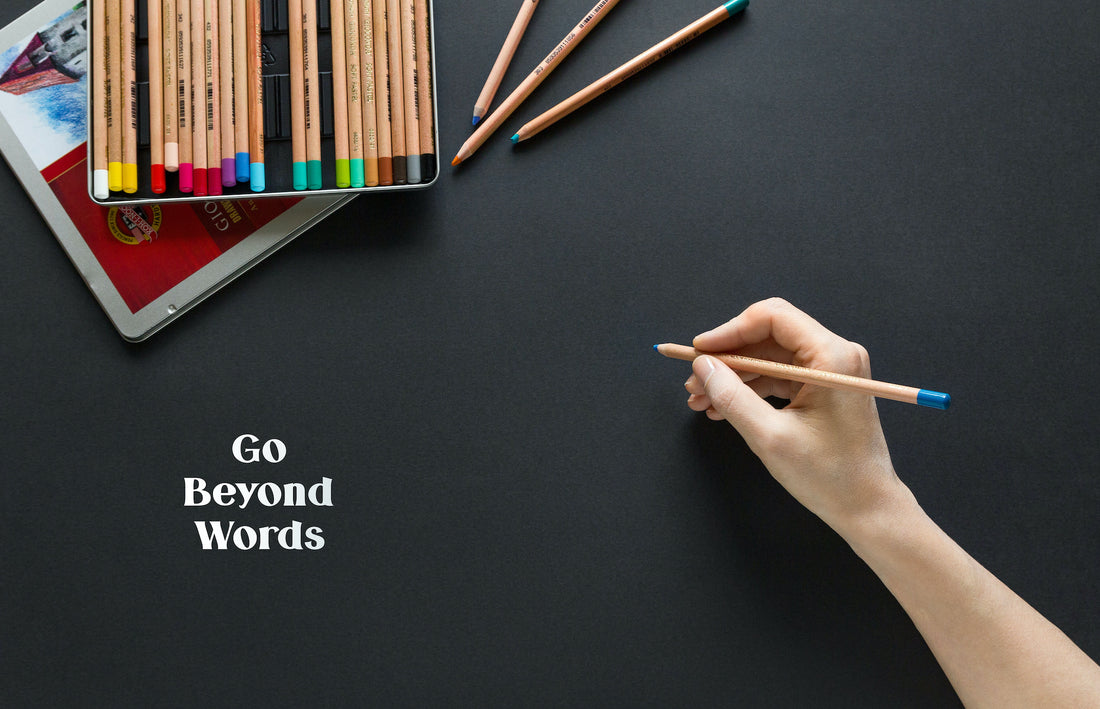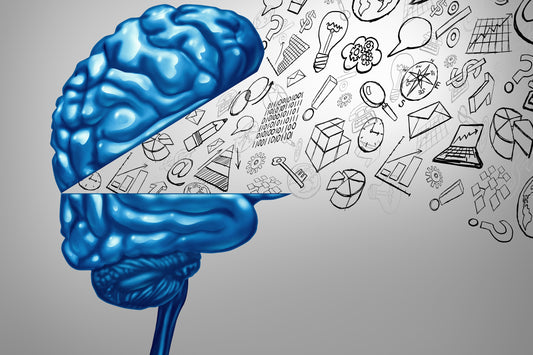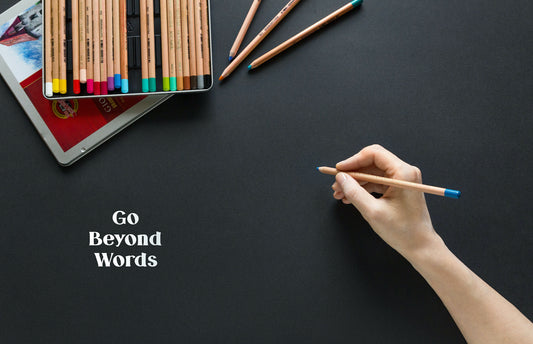
The Power of Art Therapy: How Creative Expression Transcends Talk Therapy
Share
In the realm of mental health, the traditional approach to therapy often involves sitting on a couch, talking through emotions, and working through thoughts with a trained therapist. While talk therapy has its benefits, it can also be limiting, especially for those who struggle to articulate their feelings or experiences. This is where art therapy comes in - a powerful, expressive, and often non-verbal approach to healing that can reach deeper into the psyche and unlock emotions in ways that words alone cannot.
By tapping into the creative subconscious, art therapy offers a unique opportunity for individuals to process, express, and overcome their challenges in a more intuitive and holistic way. In this post, we'll delve into the ways art therapy is emerging as a game-changer in the world of mental health, and why it's an approach that's worthy of consideration for anyone seeking a more effective and meaningful path to healing.

The Limitations of Talk Therapy
Talk therapy, a traditional approach to mental health treatment, has been a cornerstone of psychotherapy for decades. While it has its benefits, it also has its limitations. For many individuals, verbalizing their emotions and experiences can be a daunting task, especially for those who have suffered trauma or struggle with verbal communication.
The confines of language can often fail to convey the complexity and depth of human emotions, leading to feelings of frustration and inadequacy. Moreover, the pressure to articulate and rationalize one's emotions can be overwhelming, potentially exacerbating anxiety and distress. In some cases, the therapist-client dynamic can also create a power imbalance, where the therapist's interpretation and analysis may not fully capture the client's subjective experience. As a result, talk therapy can sometimes fall short in providing a truly empowering and cathartic experience for individuals seeking healing and growth. It is here that art therapy steps in, offering a more inclusive, expressive, and transformative approach to mental health treatment.

The Power of Creative Expression in Art Therapy
In the realm of art therapy, the canvas becomes a sacred space where emotions, thoughts, and experiences are transformed into vibrant, tangible forms. The power of creative expression lies at the very heart of this therapeutic approach, allowing individuals to tap into their subconscious mind and convey complex emotions in a way that words often cannot. Through the manipulation of colors, textures, and shapes, art therapy empowers individuals to externalize their inner world, making the intangible, tangible.
The act of creating art becomes a cathartic release, allowing individuals to process and work through their emotions in a way that is both intuitive and deeply personal. As the brush strokes across the canvas, the art-making process becomes a metaphor for the journey of self-discovery, healing, and growth. In this sacred space, the boundaries of language are transcended.
The world of therapy is not just about talking through your emotions, but also about expressing them in a more creative and tangible way. Art therapy, a form of expressive therapy, has been gaining popularity in recent years, and for good reason. It offers a unique and powerful way to access and process emotions, often uncovering hidden thoughts and feelings that may be difficult to verbalize. From its ability to bypass verbal barriers and tap into the subconscious mind, to its capacity to foster self-awareness, empowerment, and stress relief, art therapy is a powerful tool that can help individuals of all ages and backgrounds to heal, grow, and thrive.

Overcoming Emotional Barriers with Art Therapy
The study of our emotions is a complex and deeply personal terrain, where words often fall short in capturing the intensity and depth of our feelings. This is where art therapy comes in, offering a powerful alternative to traditional talk therapy. By harnessing the expressive capabilities of art, individuals can transcend the limitations of verbal communication and tap into the subconscious, unlocking a deeper understanding of themselves and their emotional landscapes.
Through the creative process, art therapy activities provides a safe and non-threatening space for individuals to confront and overcome emotional barriers, allowing them to access and process painful memories, emotions, and experiences in a way that feels authentic and empowering. By sidestepping the need for verbal articulation, art therapy enables individuals to express themselves in a more intuitive and symbolic way, often revealing hidden patterns, emotions, and insights that may have remained inaccessible through talking. Art therapy transcends traditional talk therapy, and it can be a game-changer for those seeking a more holistic approach to mental health and wellness. To learn more about our comprehensive art therapy activities kit for individuals and professionals, head over to our Amazon storefront for further details.
Jennifer Ann Jensen, MAAT, ATR



